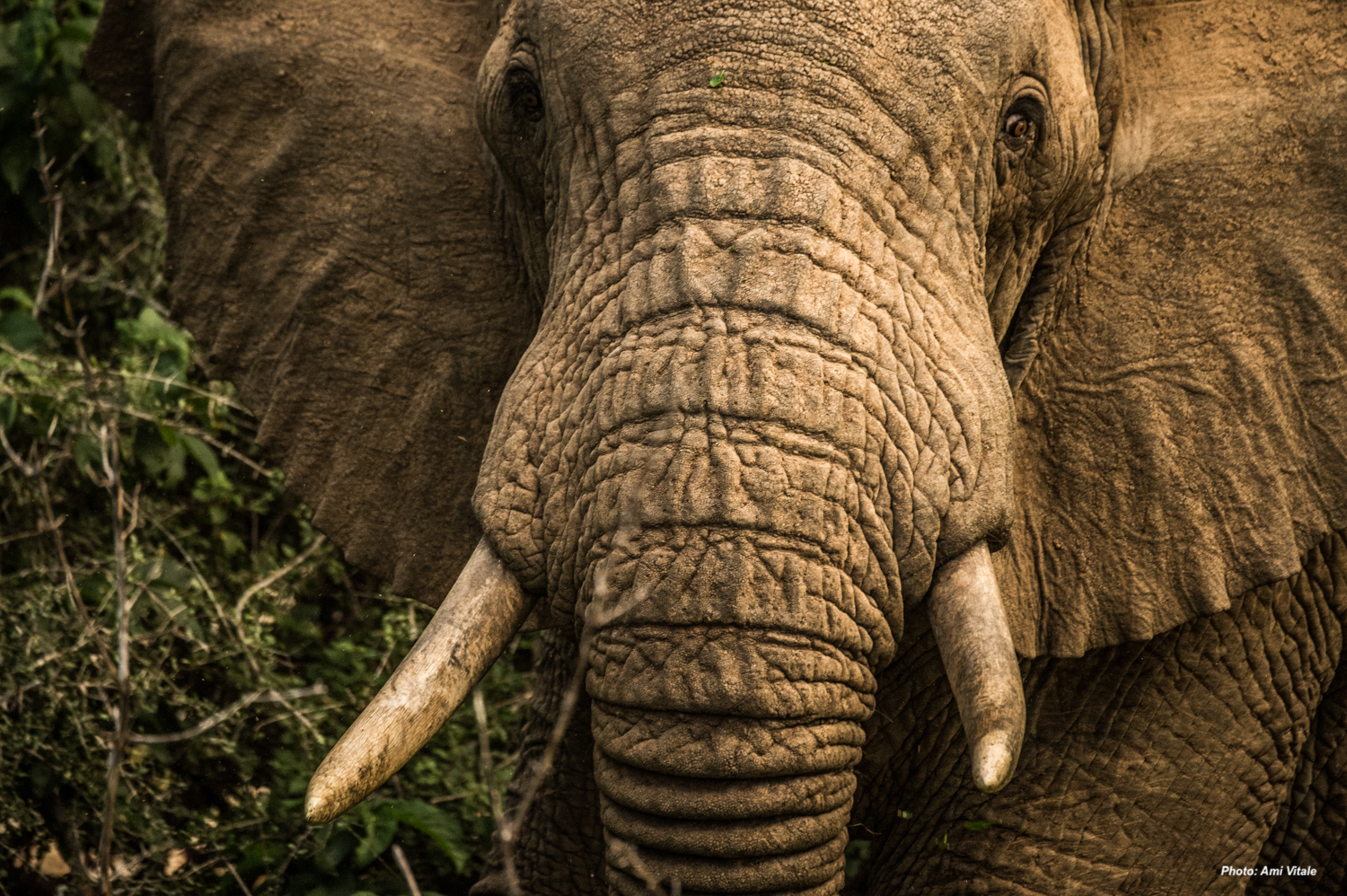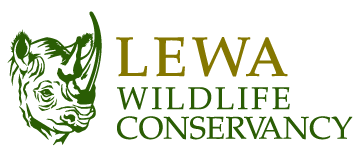Preserving Lewa’s Natural Heritage Forever
In 1983, a dedicated group of conservationists embarked on a mission to save the black rhino from extinction. What began as a modest effort on 5,000 acres of privately owned land evolved into the expansive Lewa Wildlife Conservancy over the course of 30+ years, encompassing 48,000 acres of private land and the 14,000-acre Ngare Ndare National Forest Reserve. Today, this sanctuary is home to 14% of Kenya’s black rhino population.
By 2007, with the extinction threat largely averted and rhino populations on the rise, Lewa’s staff and board shifted their focus to ensuring a permanent haven for black rhinos, 70+ mammal species, and 490+ bird species on Lewa’s grounds.
Enter “Lewa Milele (“Forever” in Swahili) – Lewa’s commitment to safeguarding all 48,000 acres of privately owned land within its secure boundaries. In 2011, thanks to global donors’ support, the first significant milestone was achieved with the bargain-sale purchase of 32,200 acres. However, 15,800 acres remained under private ownership.
Today, Lewa remains steadfast in its commitment to Lewa Milele. With 4,625 acres of vital habitat available for purchase at approximately 55% of its appraised value, the opportunity to acquire this land represents a crucial chance to conserve critical wildlife habitat and shield it from incompatible development.
To learn more about the significance of achieving Lewa Milele and how you can contribute, please reach out to us directly at lewaintl@lewa.org.
Executive Summary
The additional land up for sale from the original family landowners of Lewa will protect a 4,625-acre private in-holding within the Lewa Wildlife Conservancy’s secure reserve. The negotiated purchase price represents an approximate 45% discount based on a 2015 fair market value appraisal. The parcel for sale represents 30% of the remaining private land within Lewa and is a critical next step towards fulfilling Lewa’s long-term commitment to permanent Protected Area status for all land within its secure reserve.
In 2007, Lewa recognised a need to permanently protect all 48,000 acres of private land within its 62,000-acre reserve, and in 2008, when the Craig Family, the original owners of the conservancy, offered to sell portions of their land, Lewa seized the opportunity. Over the following four years, Lewa completed a capital campaign and negotiated the terms of a bargain sale that culminated in December 2011, with the acquisition of 32,200 acres that permanently protect critical habitat, year-round water resources, and a wildlife corridor that connects Mt. Kenya to Kenya’s northern rangelands.
Land ownership has proven crucial to the political acceptance of Lewa as a catalyst for conservation throughout Northern Kenya. As a Kenyan organisation, Lewa is able to leverage political will to further conservation objectives, and protecting the land in a non-profit Kenyan land holding company has transformed the public and governmental perception of Lewa from a colonial holding to a true Kenyan national asset. Only one of Lewa’s 300+ Kenya-based employees is non-Kenyan, and the organisation has established a strong presence as a community asset.
In this regard, Lewa directs one-half of its annual budget to neighbouring communities, positively impacting over 60,000 people. Lewa helps more than 10,000 students get an education, gives clean water and health care to more than 50,000 people, supports a women’s microcredit programme that helps more than 1,800 women, and helps with youth development and sustainable farming programmes.
Lewa also provides critical support for the Northern Rangelands Trust, a community-based conservation movement that grew from and is now independent of Lewa. NRT positively impacts communities across northern Kenya, from the Rift Valley to the Indian Ocean.
Maintaining the integrity of Lewa’s protected landscape is a critical prerequisite to sustaining Lewa’s mission of endangered species conservation and its commitment to share the benefits derived from wildlife, tourism, and philanthropy amongst its neighbours. The proposed land addition supports a small farm and a 30-bed lodge. It is prime habitat for black rhino and Grevy’s zebra—both highly endangered species—plus 70+ mammals and 490+ bird species. Once purchased, Lewa will manage the addition for conservation and community benefit, while the lodge will continue to operate, contributing to Lewa via conservancy fees. The farm will continue to produce organic food for lodge guests.
The addition is currently fenced within Lewa but is situated along the conservancy’s boundary. Subdivision and/or sale to external parties would remove critical land from Lewa, increasing the risk to wildlife and reducing Lewa’s IUCN-mandated rhino-carrying capacity. Acquiring the parcel will preserve critical wildlife habitat and prevent subdivision, sale, and wildlife-incompatible development, all in pursuit of Lewa’s commitment to Lewa Milele.
Acquiring this land now is crucial; with each passing year, demand for land increases, with the price per acre rising faster than inflation. Put within the context of a rapidly expanding human population (expected to double within the next 20–30 years), the need to acquire and permanently protect this land now—for the people of Kenya and the world—is clear and urgent.
The additional land up for sale from the original family landowners to Lewa will protect a 4,625-acre private in-holding within the Lewa Wildlife Conservancy’s secure reserve. The negotiated purchase price represents an approximate 45% discount based on a 2015 fair market value appraisal. The parcel for sale represents 30% of the remaining private land within Lewa and is a critical next step toward fulfilling Lewa’s long-term commitment to permanent Protected Area status for all land within its secure reserve.
In 2007, Lewa recognized a need to permanently protect all 48,000 acres of private land within its 62,000-acre reserve, and in 2008, when the Craig Family, original owners of the Conservancy, offered to sell portions of their land, Lewa seized the opportunity. Over the following four years, Lewa completed a capital campaign and negotiated the terms of a bargain sale that culminated in December 2011, with the acquisition of 32,200 acres that permanently protects critical habitat, year-round water resources, and a wildlife corridor that connects Mt. Kenya to Kenya’s northern rangelands.
Land ownership has proven crucial to political acceptance of Lewa as a catalyst for conservation throughout Northern Kenya. As a Kenyan organisation, Lewa is able to leverage political will to further conservation objectives, and protecting the land in a non-profit Kenyan land holding company transformed public and governmental perception of Lewa from a “colonial” holding to a true Kenyan national asset. Only one of Lewa’s 300+ Kenya-based employees is non-Kenyan and the organisation has established a strong presence as a community asset.
In this regard, Lewa directs one-half of its annual budget to neighbouring communities, positively impacting over 60,000 people. Lewa helps educate 10,000+ students, brings accessible water and healthcare to 50,000+ people, contributes to the local economy through a women’s micro-credit program serving 1,800+ women, and also supports youth development and sustainable farming programs.
Lewa also provides critical support for the Northern Rangelands Trust, a community-based conservation movement that grew from, and is now independent of Lewa. NRT positively impacts communities across Northern Kenya, from the Rift Valley to the Indian Ocean.
Maintaining the integrity of Lewa’s protected landscape is a critical prerequisite to sustaining Lewa’s mission of endangered species conservation and its commitment to share the benefits derived from wildlife, tourism, and philanthropy amongst neighbours. The proposed land addition supports a small farm and 30-bed lodge; and it is prime habitat for black rhino and Grevy’s zebra – both highly endangered species—plus 70+ mammal and 440+ bird species. Once purchased, Lewa will manage the Addition for conservation and community benefit, whilst the lodge will continue to operate, contributing to Lewa via conservancy fees, and the farm will continue to produce organic food for lodge guests.
The Addition is currently fenced within Lewa but is situated along the Conservancy’s boundary. Subdivision and/or sale to external parties would remove critical land from Lewa, increasing the risk to wildlife and reducing Lewa’s IUCN-mandated rhino carrying capacity. Acquiring the parcel will preserve critical wildlife habitat and prevent subdivision, sale, and wildlife-incompatible development, all in pursuit of Lewa’s commitment to Lewa Milele.
Acquiring this land now is crucial; with each passing year, demand for land increases, with the price per acre rising faster than inflation. Put within the context of a rapidly expanding human population (expected to double within the next 20/30 years), the need to acquire permanently protect this land now– for the people of Kenya and the world – is clear and urgent.
Lewa’s record of success
Lewa is widely considered to be one of East Africa’s premier conservation organisations, with specific expertise in protected area management and community support. Lewa’s effort to protect Black rhino and ultimately reintroduce them to secure reserves across Kenya began in 1983, when David and Delia Craig dedicated 5,000 acres of their ranch as a rhino sanctuary. Anna Merz, a conservationist and philanthropist, gave her savings and helped find wildlife trackers, bush pilots, and veterinarians to find and protect the last remaining rhinos in northern Kenya.
The programme was so successful that within a decade, the Craigs dedicated their entire ranch to conservation and formed the nonprofit Lewa Wildlife Conservancy, which, by 2004, had grown to 62,000 acres and included neighbouring ranches and the Ngare Ndare National Forest Reserve.
Lewa, in partnership with the Kenya Wildlife Service, and other private reserves, has brought Kenya’s Black rhino population up from fewer than 280 individuals in the mid-1980s to more than 1200 today.
More broadly, Lewa works with local communities to protect habitat for all resident and migratory species and has spawned a movement in protected area management through a combination of community and private conservancies working together in the landscape across northern Kenya, from the Rift Valley to the Indian Ocean, for wildlife, local people, and their futures.

How you can help
Lewa is now engaged in a campaign to raise funds to complete the acquisition of the 4,625 acres available to us, and to capitalise a contingent opportunity fund of up to $6,000,000 as ready cash available to acquire parcels in the future, payable only as additional land becomes available. In total, we need $12.5 million to secure the new additional parcel of land on offer.
The push to raise funds to purchase the additional land is timely, urgent, and critical. Your contribution to support the acquisition of these 4,625 acres will bring us ever closer to Lewa Milele and, with it, a secure, sustainable future for Lewa’s wildlife. It will further reinforce the Conservancy as the foundation of development-centric, community conservation, working with its partner organization, Northern Rangelands Trust, across the vast landscapes of northern Kenya and beyond. And it will instill confidence in other landowners that Lewa stands ready, willing, and capable of fulfilling its commitment to secure all land tenure within its boundaries—Lewa Milele.



